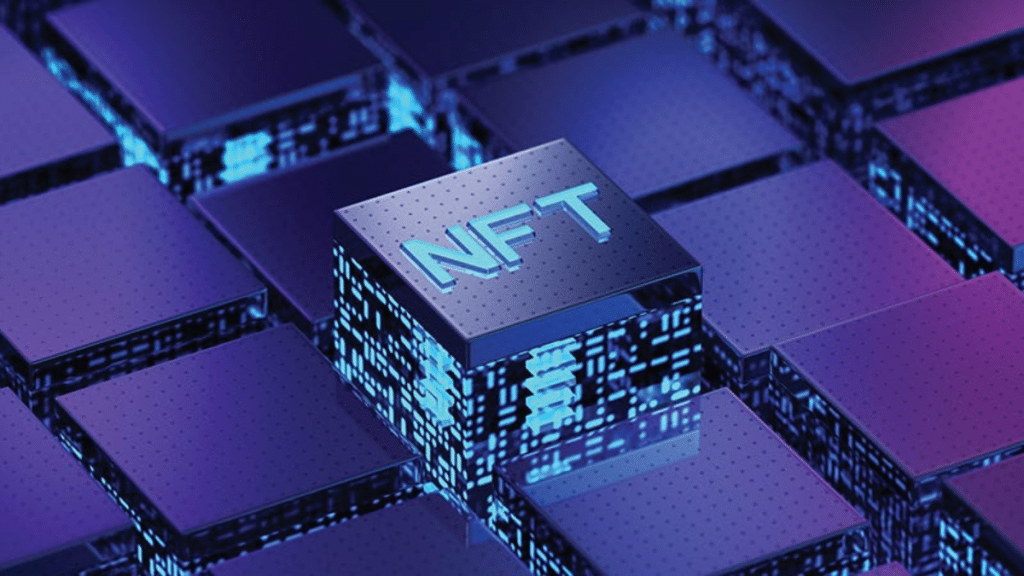Skins, NFTs, and online flex culture — what’s really happening in the Gulf
Flexing Goes Digital
Owning things has always been part of self-expression. But now, that ownership is shifting — from physical watches and shoes to virtual swords, rare avatars, and animated profile pics. And in the Middle East, this trend isn’t just catching on — it’s thriving.
From UAE to Saudi Arabia, young users are buying, trading, and showing off digital collectibles. Some are gaming rewards, others are NFTs, and a few are just cool digital badges. The question is: are they worth anything? Or is it just internet bling?
What Counts as a Digital Collectible?
It’s not just about NFTs on Ethereum anymore. Here’s what MENA users are collecting today:
- In-game Skins and Gear
Fortnite, PUBG, and League of Legends players love limited-edition outfits, weapons, and emotes. These digital items don’t boost skills — but they boost status.
- Social App Avatars and Stickers
Telegram and Snapchat now let users buy special filters, badges, or emojis that give off a premium vibe in chats.
- Blockchain-based NFTs
While the hype around crypto art has cooled, smaller NFT drops tied to music, fan clubs, or local art are still hot — especially when they’re culturally relevant.
- Event-Based Tokens
Virtual concert passes, Ramadan-themed badges, or even limited-edition Arabic calligraphy GIFs — these collectibles aren’t for trading, they’re for memory.
Why It’s Working in MENA
The Middle East has a unique mix that fuels this trend:
- Youthful population: Over 60% of the region is under 30. They’re digital-native and used to building identity online.
- Cultural value of status and beauty: From traditional gold to Instagram aesthetics, there’s long been a love for visible style.
- Tech-friendly governments: Saudi Arabia, the UAE, and Bahrain are investing in Web3, eSports, and digital economies — making the space legit and scalable.
Are These Things Worth Money?
Sometimes. Rare items can be sold or traded for real cash — especially if they’re blockchain-based. But more often, value is emotional or social. People collect to:
- Feel unique
- Support creators or games they love
- Flex among friends or within niche communities
Just like sneakers or trading cards — it’s not about resale, it’s about meaning.
Interestingly, even platforms you wouldn’t expect are jumping in. Some Arab casinos, for instance, now offer collectible chips, avatars, and level badges that unlock only through consistent play. While they don’t hold monetary value, they build loyalty and status within the app — and that’s exactly what Gen Z is after.
Connection to Gaming Culture
There’s a big overlap between collectibles and live gaming. Many live casino games have started offering customization tools — letting users pick a digital outfit, decorate their virtual table, or show off achievement badges. It’s not just about winning money — it’s about looking good while doing it.
This gamified layer creates a sense of progress, identity, and engagement, especially for users who enjoy the entertainment side more than the risk.
Final Take
Digital collectibles in MENA aren’t just a passing fad. They tap into something deeper: expression, identity, and belonging — all through your screen.
Whether it’s a rare game skin, or Ramadan NFT drop, these items are shaping how people feel seen online. It’s not just hype — it’s how status is evolving in a digital-first world.

